Restoring the tranquil spaces of Keyuan, and others, in Suzhou honors the past and keeps ancient skills alive, Wang Kaihao reports.
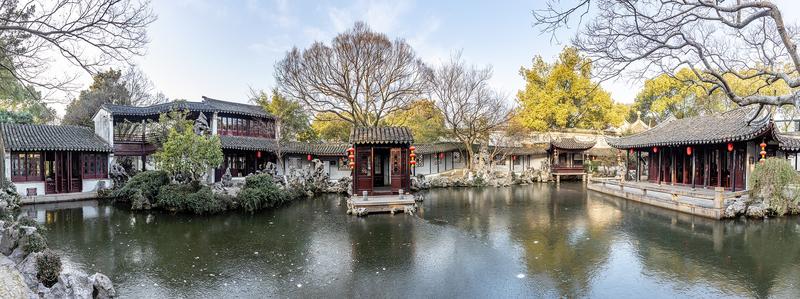 Wandering around the classical gardens in Suzhou, Jiangsu province, visitors may feel as if they have stepped into a traditional painting, where Chinese philosophy and aesthetics are revealed in the design of ponds, rockeries, plants and architecture. (PHOTO PROVIDED TO CHINA DAILY)
Wandering around the classical gardens in Suzhou, Jiangsu province, visitors may feel as if they have stepped into a traditional painting, where Chinese philosophy and aesthetics are revealed in the design of ponds, rockeries, plants and architecture. (PHOTO PROVIDED TO CHINA DAILY)
Students studying here two centuries ago seemed to be really enviable. First constructed in the 10th century as a part of a villa, the garden of Keyuan in Suzhou, Jiangsu province, was rebuilt and refurbished on numerous occasions throughout history until it became a Confucian academy in 1805.
It was not, perhaps, an ivory tower where hermits became entirely emerged in metaphysical thinking honoring the ancient sages. The waterscape, rockeries and flourishing willows may have ushered students to step into a "painting" where earthly beauty and dynamics of a real world can be felt.
Keyuan, covering about 7,800 square meters, thus became the only surviving example among the classical gardens of Suzhou that functioned as a school, whereas most of the rest were former residences.
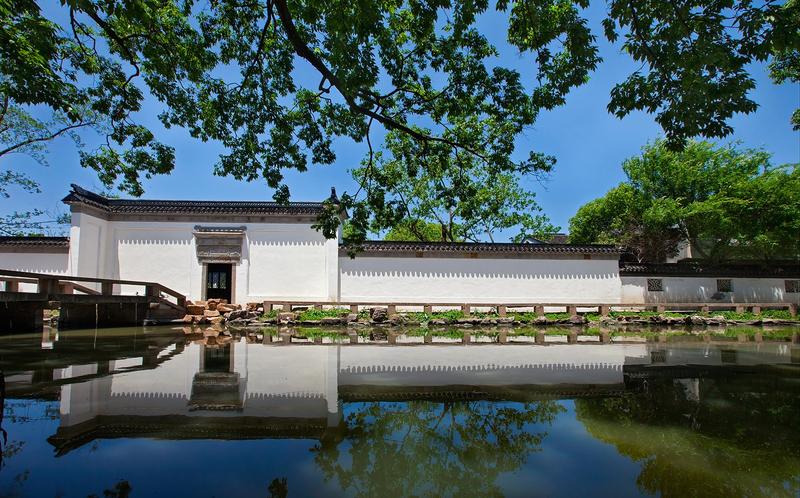 Keyuan is one of examples in recent years that showcase outstanding craftsmanship renovating classical gardens of Suzhou. (PHOTO PROVIDED TO CHINA DAILY)
Keyuan is one of examples in recent years that showcase outstanding craftsmanship renovating classical gardens of Suzhou. (PHOTO PROVIDED TO CHINA DAILY)
However, its ownership changed hands several times in recent history, and the luster of the past seems to have been forgotten by the passing of time after the garden was finally used as offices and storerooms. The contrast became even more regrettable when the Great Wave Pavilion, a garden on the UNESCO World Heritage List that is just a few meters away across a narrow lane, was bustling with tourists every day.
When Keyuan was handed to He Fengchun, a veteran garden renovation designer, in 2012, her work to make "the pearl" shine again was challenging. The pond was muddy. Rocks were unstable. Plants were withering. Termites also took a toll on the buildings, the structure of which had been damaged through decades of neglect.
"Fortunately, its basic layout remained," recalls He, the director of Suzhou Institute of Landscape Architecture Design. "Detailed research of historical files and a survey of this site can thus offer us reliable references in consolidating its structure and resuming the original landscape."
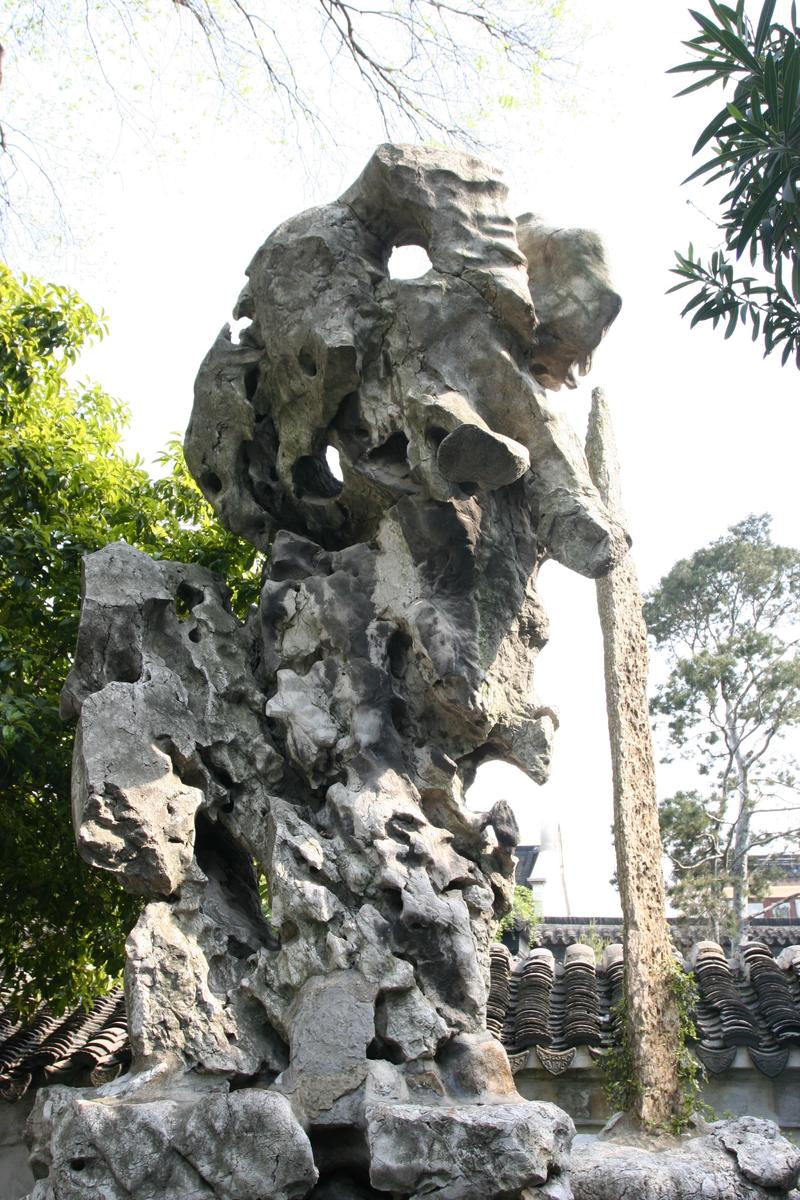 Rocks in various shapes are used to represent miniatures of mountains in Chinese classical gardens. (PHOTO PROVIDED TO CHINA DAILY)
Rocks in various shapes are used to represent miniatures of mountains in Chinese classical gardens. (PHOTO PROVIDED TO CHINA DAILY)
Every step in the refurbishing and decorating process has to follow historical recordings and precedent, says the designer. If relevant documentation is vague, restorers would rather leave certain parts untouched to retain marks left by time.
"It took just more than one year for us to actually renovate this garden, but much longer time was spent in evaluating every detail in the plan and making sure of its historical accuracy," she says.
Renovation of Keyuan was recognized with an Asia-Pacific Award for Cultural Heritage Conservation by UNESCO in 2019. A bright and elegant garden is now accessible to visitors and jointly portrays a culturally rich neighborhood with the Great Wave Pavilion.
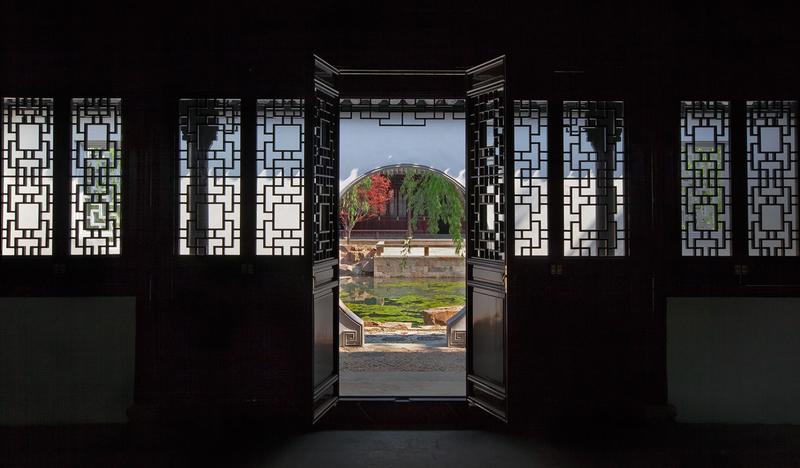 Keyuan is one of examples in recent years that showcase outstanding craftsmanship renovating classical gardens of Suzhou. (PHOTO PROVIDED TO CHINA DAILY)
Keyuan is one of examples in recent years that showcase outstanding craftsmanship renovating classical gardens of Suzhou. (PHOTO PROVIDED TO CHINA DAILY)
Fruitful efforts
The most famous Suzhou gardens have benefited from continuous renovations since the 1950s, and some of them were inscribed onto the World Heritage List in 1997 and 2000. However, some lesser-known sites, like Keyuan, more urgently needed to be restored considering their historical significance, according to Zhu Haijun, director of Suzhou Conservation and Monitoring Center for the Classical Gardens of World Cultural Heritage.
In the last decade, 12 such gardens in the city, including Keyuan, were thus rescued in a comprehensive renovation project that was finished last year.
"Values of cultural heritages can thus be better understood by the public, and different kinds of gardens can portray a panorama of Suzhou gardens," Zhu says.
Among 108 registered classical gardens across the city, 90 have been opened to the public, thanks to recent renovation.
In both He and Zhu's eyes, renovation not only rescues these physical gardens, but also ensures that the craftsmanship that created them remains in the collective consciousness.
In the Ming Dynasty (1368-1644), artisans in Suzhou known as the "Xiangshan group" became legendary in architecture. They brought a golden era to Suzhou classical gardens, greatly contributed to the construction of the Forbidden City in Beijing, and helped to set up a series of criteria in building traditional Chinese architecture.
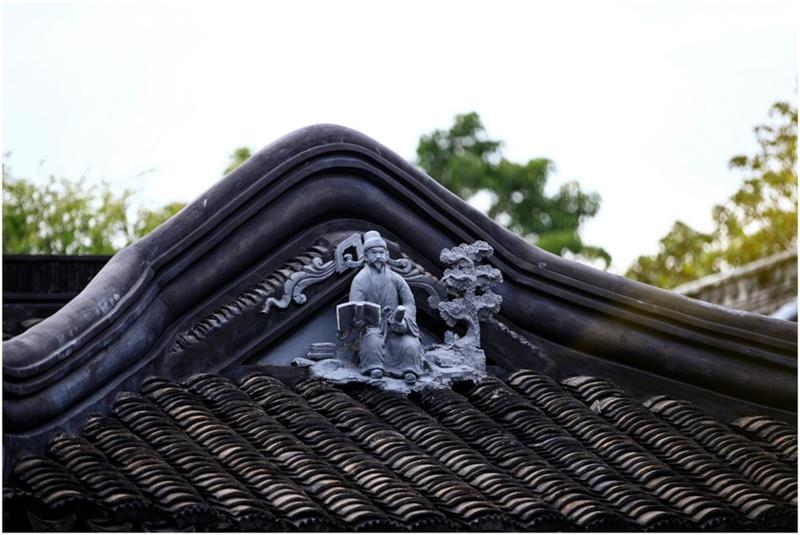 Keyuan is one of examples in recent years that showcase outstanding craftsmanship renovating classical gardens of Suzhou. (PHOTO PROVIDED TO CHINA DAILY)
Keyuan is one of examples in recent years that showcase outstanding craftsmanship renovating classical gardens of Suzhou. (PHOTO PROVIDED TO CHINA DAILY)
Nevertheless, this old master-apprentice system nurturing talent gradually faded away in modern times. Relatively low income in the industry also leads to local artisans switching to other jobs.
Consequently, through renovation of the gardens, He expects to gradually establish a sustainable system introducing young blood and thus revive traditional techniques and artisans' social status.
In 2006, the traditional construction technique of the "Xiangshan group "was listed as a national-level intangible cultural heritage.
With a framework of UNESCO, annual training sessions on ancient Chinese architecture conservation are also held in Suzhou to nurture stronger expertise at home and abroad.
Nevertheless, renovation is only an urgent operation to "cure" the problem. To keep healthy, gardens need regular maintenance, in which modern science plays a key role.
For example, with support of big data analysis and scientific evaluation of impact brought by tourism, specific caps of visitor numbers-within a day or even an hour-is set for every key site to create a comfortable experience for both tourists and the gardens.
"And, for a Suzhou garden, the waterscape is its core," says Shen Feng, deputy director of administration of Lion Grove Garden. "How to deal with problems related to water is thus crucial. We've referred to studies of natural sciences to maintain a stable water level, which is for the stability of surrounding rockeries and constructions, and its cleanness."
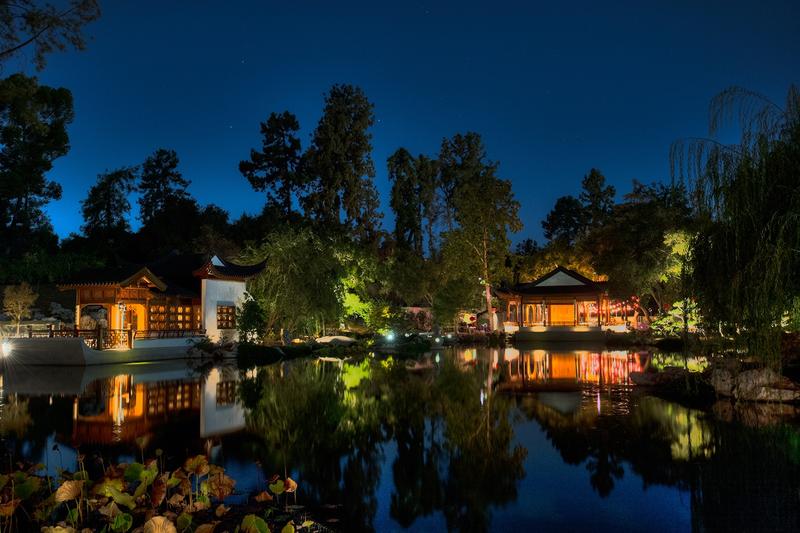 Night view of Liu Fang Yuan in Los Angeles. (PHOTO PROVIDED TO CHINA DAILY)
Night view of Liu Fang Yuan in Los Angeles. (PHOTO PROVIDED TO CHINA DAILY)
Overseas project
With rich experience in studying, renovating and protecting their beloved gardens at home, Suzhou residents also try to demonstrate their delicate aesthetics globally. Over 30 Suzhou-style classical gardens have been built worldwide since the 1980s, thanks to efforts by the Suzhou Institute of Landscape Architecture Design.
In 2020, Liu Fang Yuan, or the Chinese Garden of Huntington Library in Los Angeles, finally opened to visitors in its full scale. The garden, covering more than 60,000 square meters, is one of the largest and finest Suzhou-style classical gardens overseas. Its construction kicked off in 2006 and was conducted for five separate periods.
According to He, also its designer, the project is a combination of traditional Chinese craftsmanship and new ideas in building Suzhou gardens.
Air conditioning and floor heating systems were mixed in the design. Following anti-seismic requirements for local construction, the wooden components were replaced by steel frames, but wood was used to cover their surface to keep the original flavor.
"It's a meaningful attempt and thus created a new form of artistic expression," she says.
Zhou Furong and Lu Yujun contributed to this story.


